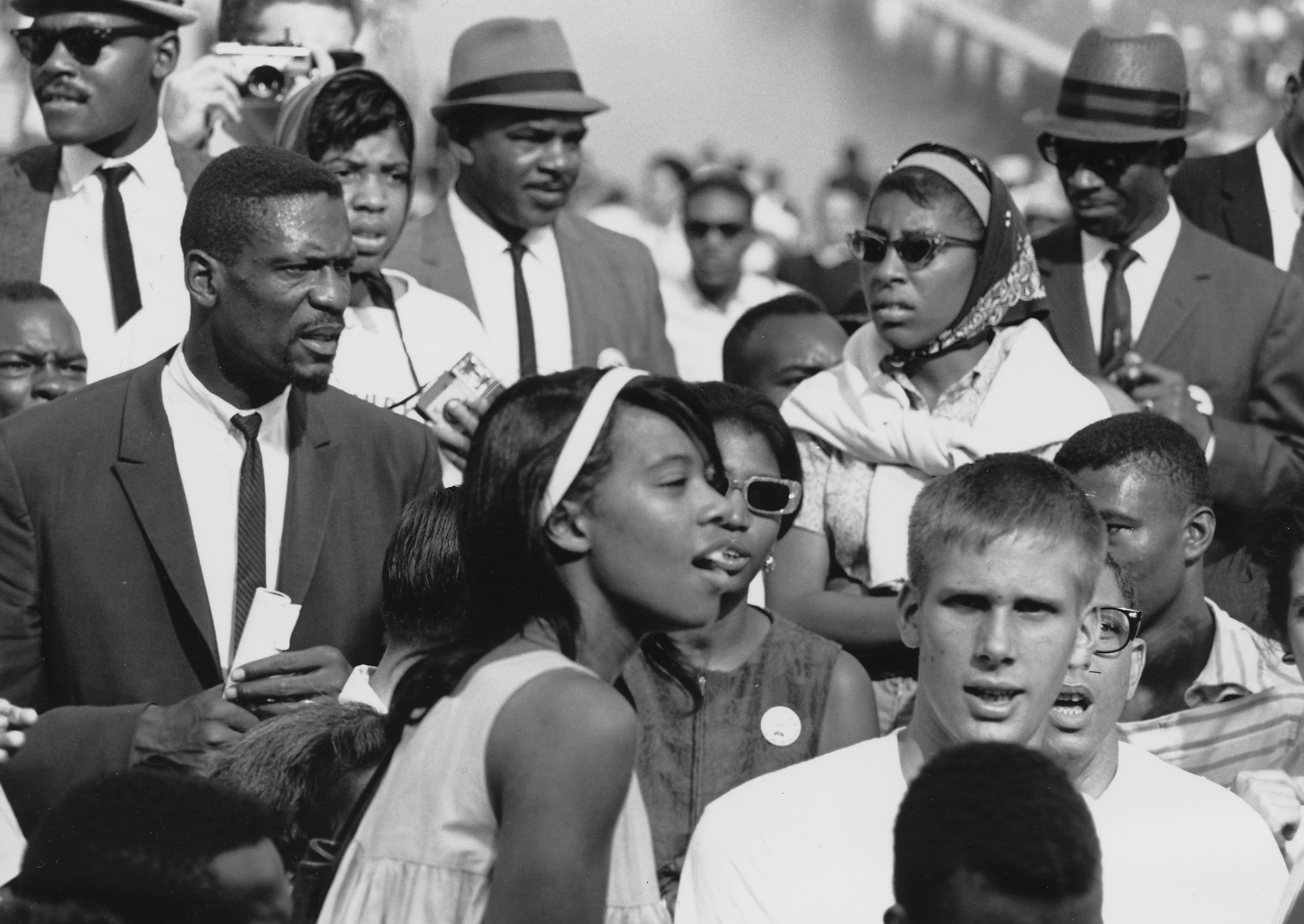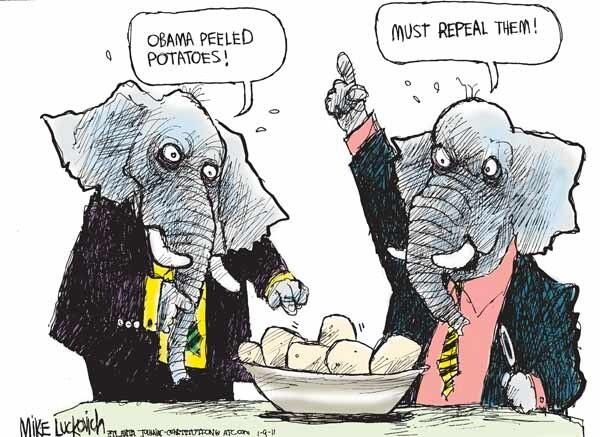Sports in America have evolved similarly to the country itself: with slow, painful change pushed by minorities and women risking everything to stand up and demand the right to play. Waves of change in sports are reflected in trends throughout society; each step forward for women’s sports have aligned with the different waves of feminism, and racial integration in professional leagues, such as the MLB, NFL, and NBA, came around the same time as the Civil Rights Movement.
Protesting and making political statements became synonymous with advancement within sports in the mid-twentieth century. Players including Billie Jean King, Jackie Robinson, and Bill Russell led the way by demanding integration, equal rights, and proper recognition for their talent. Though integration and equality were, and are, slow trends, it often just took one individual to stand up and insist that they were right and immovable, breaking centuries-old traditions.
Throughout history, women were excluded from sports; even the most celebrated minds, such as Aristotle, believed that women were completely ruled by their reproductive systems and that too many unladylike activities would leave women infertile. Similar comments were made in campaigns against education for women. These sentiments continue today, with many claiming that women are too hormonal to be leaders.
It wasn’t until the late 1800s and early 1900s that women in America created informal sports clubs and participated in intramural sports at colleges. Even with these outlets available to young women, they were only allowed to play a handful of approved sports, such as croquet. Many physical educators for women at universities discouraged competition in women’s sports; as a result, women’s competitive sports declined until the 1920s, when the women’s suffrage movement reignited the emphasis on the freedom of movement for women.
It wasn’t until Second Wave Feminism, between the 1950s and 1980s, that women looked beyond enfranchisement and toward complete equality. This extended to female athletes looking for more established professional leagues and equal prizes. One of the most famous athletes leading the charge of gender equality was tennis player Billie Jean King, who fought for equal prize money for female athletes.
When King won Wimbledon in 1968, she took home 750 British pounds, while Rod Laver, the winner of the men’s competition, took home 2,000 pounds. King pushed for greater recognition and respect for women’s tennis, equal to that of men’s tennis. In a 2013 interview, she explained that it was “not about the money. It’s about the equality message.”
In addition, King advocated for Title IX of the Education Amendments Act of 1972, which stipulates that no person shall be excluded from educational opportunities, including sports scholarships, on the basis of sex. This resulted in a boom in college athletics programs for women and greater access to scholarships for female athletes, making it easier for women to go to university while playing sports.
While the rise of women in sports coincided with Second Wave Feminism, the integration of major leagues coincided with the Civil Rights Movement. Until the late 1940s, minorities were expressly prohibited from joining any of the major athletic leagues in the U.S.. The National Football League (NFL) was the first major league to integrate in 1946, but it was the following year, when Jackie Robinson signed with the Brooklyn Dodgers, that the nation paid attention.
It was a tumultuous few years for Robinson and Major League Baseball (MLB). Robinson played despite death threats, degrading racial slurs by coaches, and teams refusing to play against him. Writers and activists at the time saw the integration of Robinson as the first step towards broader societal integration.
In 1950, Boston Celtics head coach Red Auerbach integrated the National Basketball Association (NBA) by drafting Chuck Cooper. According to Auerbach, Cooper “had to go through hell” as the first black NBA player. While Cooper and other early black NBA players helped make important strides, it was Bill Russell who changed the NBA forever, both on and off the court, while making it the most progressive of all the major sports leagues.
Russell pioneered airborne play by jumping to block the ball while on defense, something simple and inherent in today’s game, but unheard of when Russell entered the NBA. Russell would not take anti-black discrimination sitting down. In 1961, when he and black teammates were refused service at a restaurant in the South, they refused to play the upcoming exhibition game. Russell was an ardent and vocal supporter of the Civil Rights Movement, even appearing alongside Martin Luther King Jr. at the March on Washington. Russell voiced his displeasure with Boston’s bigotry and campaigned for civil rights for many years.
Because of Russell’s popularity, the NBA eventually allowed him and other black players to be politically vocal, giving the players a platform and support to express their opinions without fear of losing their positions. Recently, NBA commissioner Adam Silver expressed his pride in NBA players for taking active roles in their communities and using their power to make a difference in the world.
Even in now-integrated sports, white men dominate ownership, front offices, and management of America’s most popular sports leagues. Over 70% of NFL players are black, while all team CEOs and presidents are white. Just nine percent of managers in the league office are black. The racial disparities in the NFL have more significant implications for the future of protesting players such as Colin Kaepernick, as well as each team’s policy on protesting the national anthem. As these decisions will be made predominantly by wealthy white men, it’s likely that the league’s response will be divided on racial lines.
Sports clearly still have a long way to go. Female athletes usually make less than their male counterparts, there are disparities in racial inclusion in the upper echelons of ownership and management, and athletes taking a social or political stand are treated as if they don’t have free speech rights. But as society evolves, so do its sports.
Protesting in professional sports is nothing new. In fact, protesting is how some of history’s greatest players were able to grace the field and court, proving that leagues and fans should not only tolerate players’ protests, but give them the space to protest without fear of retribution. What would the NBA be without Russell? The MLB without Robinson?
The NBA has become a model for allowing players to be openly political. It’s time for the NFL and other major leagues to take a hint and follow suit.



